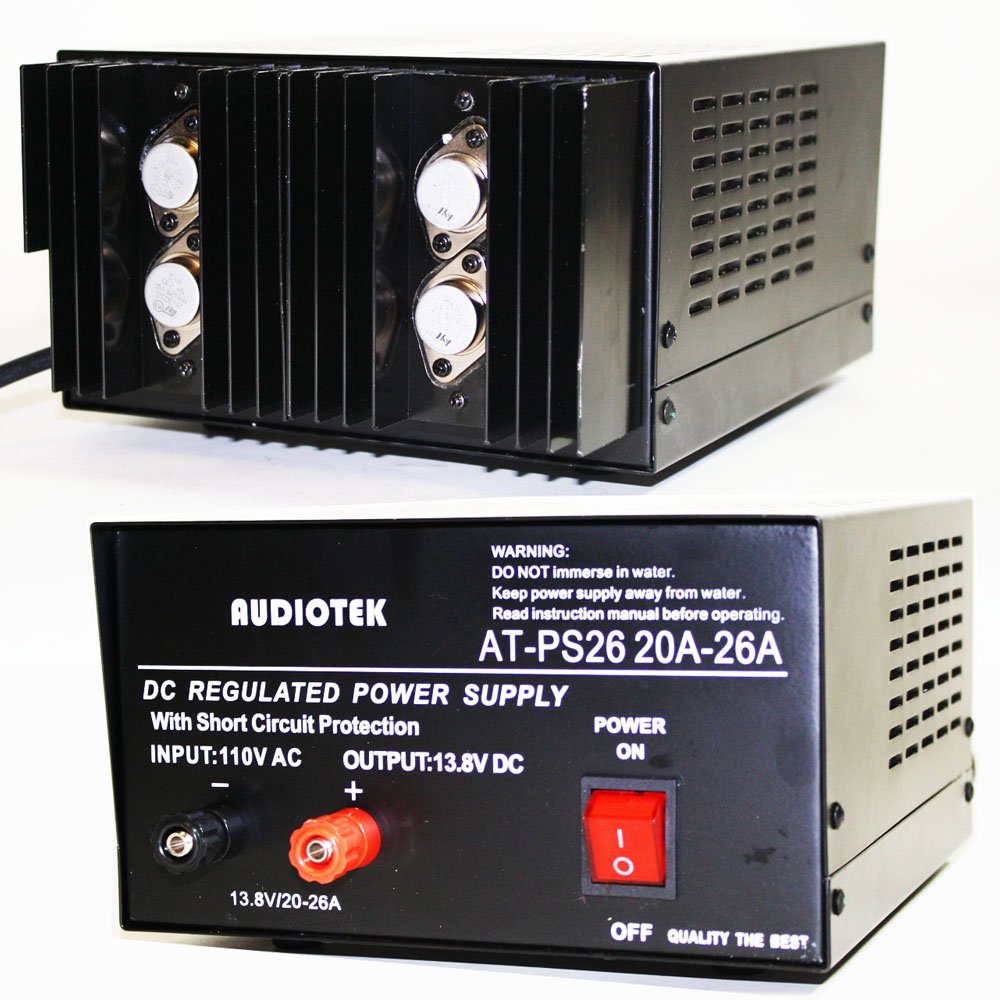BeardedIdiot
Well-Known Member
http://www.sidewindercomputers.com/atxpoonco.html
An atx power supply doesn't turn on until the mother board tells it to. There are two pins that you have to connect before you can get power.
I had a jumper thing like I linked. Many people just jam a paperclip in there, which works fine as well.
Search ATX Jumper for pictures and instructions on Google.
You will want to look at the data sheet for your power supply to see which of the wires actually have all 300 watts of 12v.
Yeah, unfortunately I already cut off all of the connectors, so no figuring out which black wire it is from that. I'm honestly not 100% sure this power supply actually works. I don't remember what it came out of. It could have been a bad supply I had to replace.
The one linked above, or maybe this one: https://www.amazon.com/gp/product/B00D7CWSCG/?tag=skimlinks_replacement-20 will just be a lot easier to use.
Last edited by a moderator:







































![Craft A Brew - Safale S-04 Dry Yeast - Fermentis - English Ale Dry Yeast - For English and American Ales and Hard Apple Ciders - Ingredients for Home Brewing - Beer Making Supplies - [1 Pack]](https://m.media-amazon.com/images/I/41fVGNh6JfL._SL500_.jpg)






















